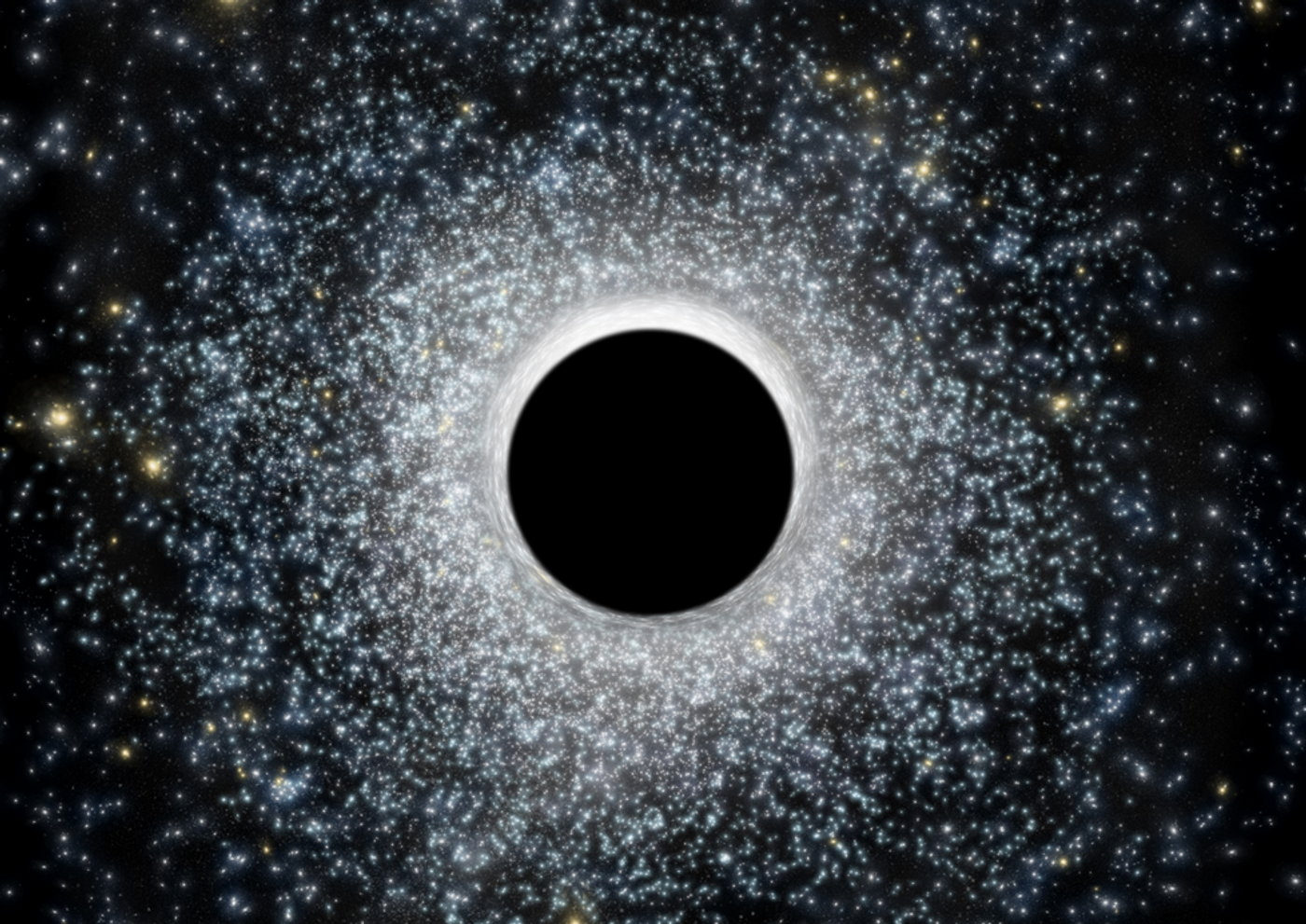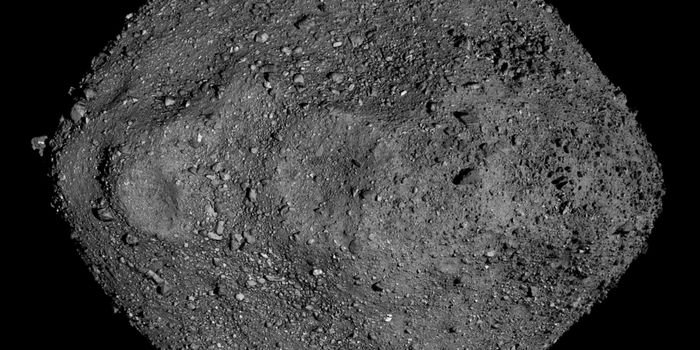Astronomers Find the First Ever 'Middleweight' Black Hole
Black holes are among some of the most misunderstood forces of nature in the universe. We understand that they’re dense and have immense gravitational forces, and also that they can occur from the collapse of a dying star, but there is still so much about them that continues to surprise astronomers every time we make a groundbreaking discovery.
For the longest time, we’ve found black holes in two distinct size groups: those which are supermassive, which can have the mass of millions (or billions) of Suns and typically exist at the center of galaxies, and then there are those that are small, which can have the mass of 100 or less Suns and typically float around just about anywhere.
On the other hand, why black holes tend to be either supermassive or just small has continued to baffle astronomers, and it’s always been wondered why we’ve never been able to find something in the middle, otherwise known as a ‘middleweight’ black hole, which are theorized to typically weigh between 100-10,000 Suns.
Image Credit: CfA/M. Weiss
"We want to find intermediate-mass black holes because they are the missing link between stellar-mass and supermassive black holes. They may be the primordial seeds that grew into the monsters we see in the centers of galaxies today," says lead author Bulent Kiziltan of the Harvard-Smithsonian Center for Astrophysics (CfA).
That notion has long gone unanswered, until just now of course. In a new study published in the journal Nature, astronomers detail their findings of a true ‘middleweight’ black hole that exists no more than 13,000 light years away from Earth in the globular star cluster 47 Tucanae.
According to the paper, this medium-sized black hole, which is the first of its kind ever discovered, weighs approximately as much as 2,200 Suns and is causing quite a bit of chaos at the center of the star cluster.
In what’s typical of star clusters, heavier stars are known to ‘sink’ to the center of the cluster where gravitational influence is at its greatest, but in the case of this particular star cluster, the black hole’s gravitational tugging is causing a spin effect that happens to be throwing the stars around in circles.
This motion, which is causing quite the commotion, is making it harder for astronomers to actually measure the black hole itself, as the cluster is quite dense in itself.
The discovery points out that similar-sized black holes might actually be lingering out there somewhere, despite having went undetected for so long. The discovery also points out that star clusters like this one might be a good place to start looking for them, as the dense stars at the centers of these clusters tend to offer good cover for them, making them harder to see.









